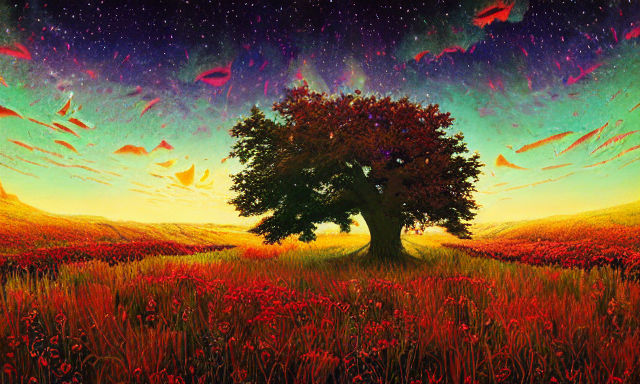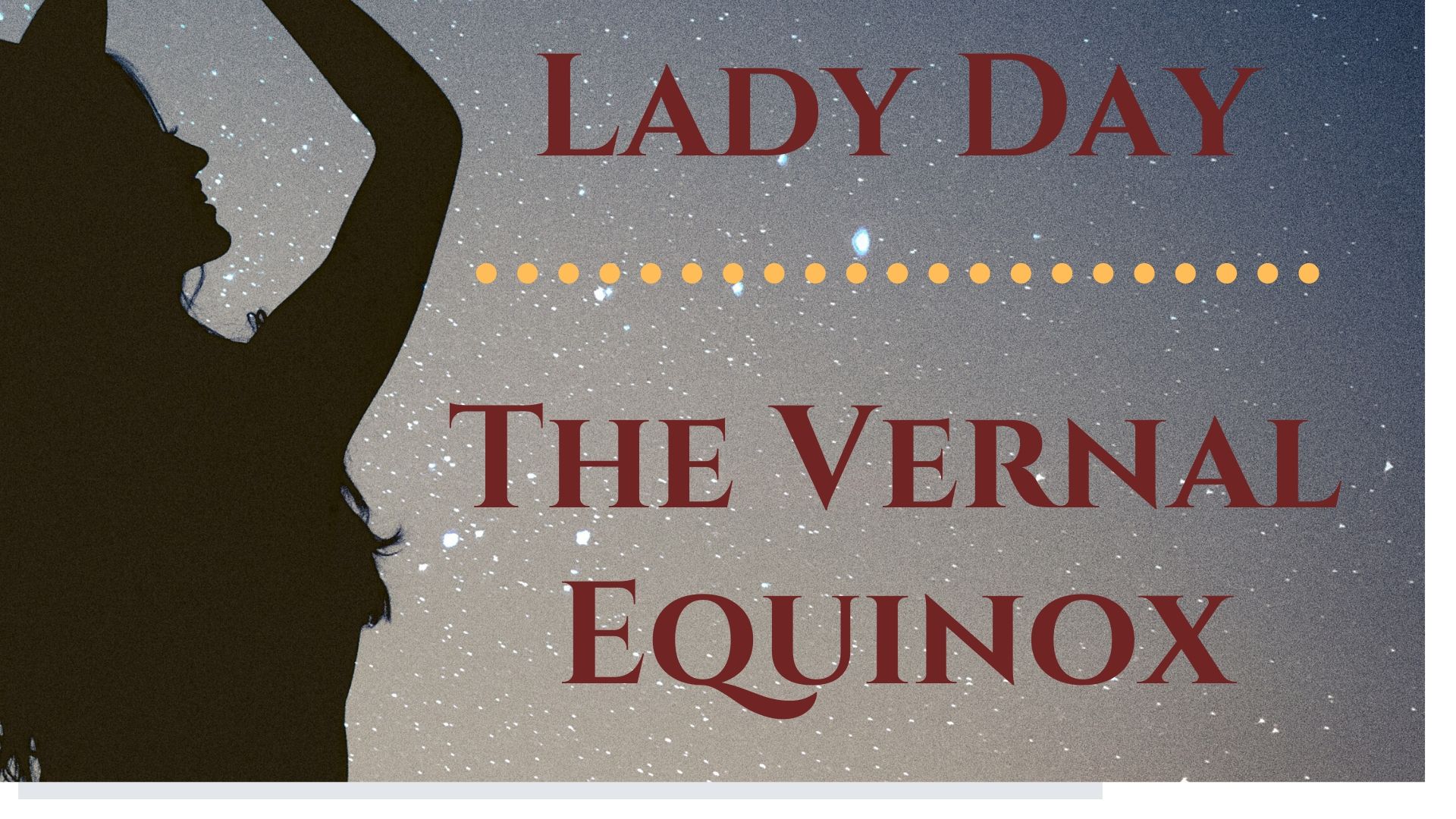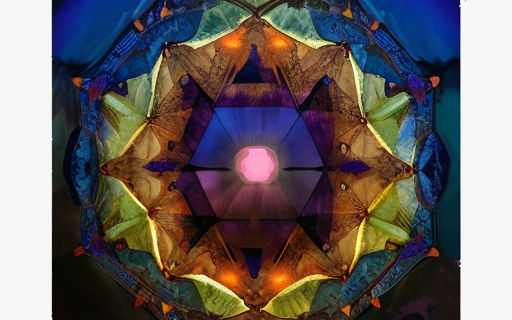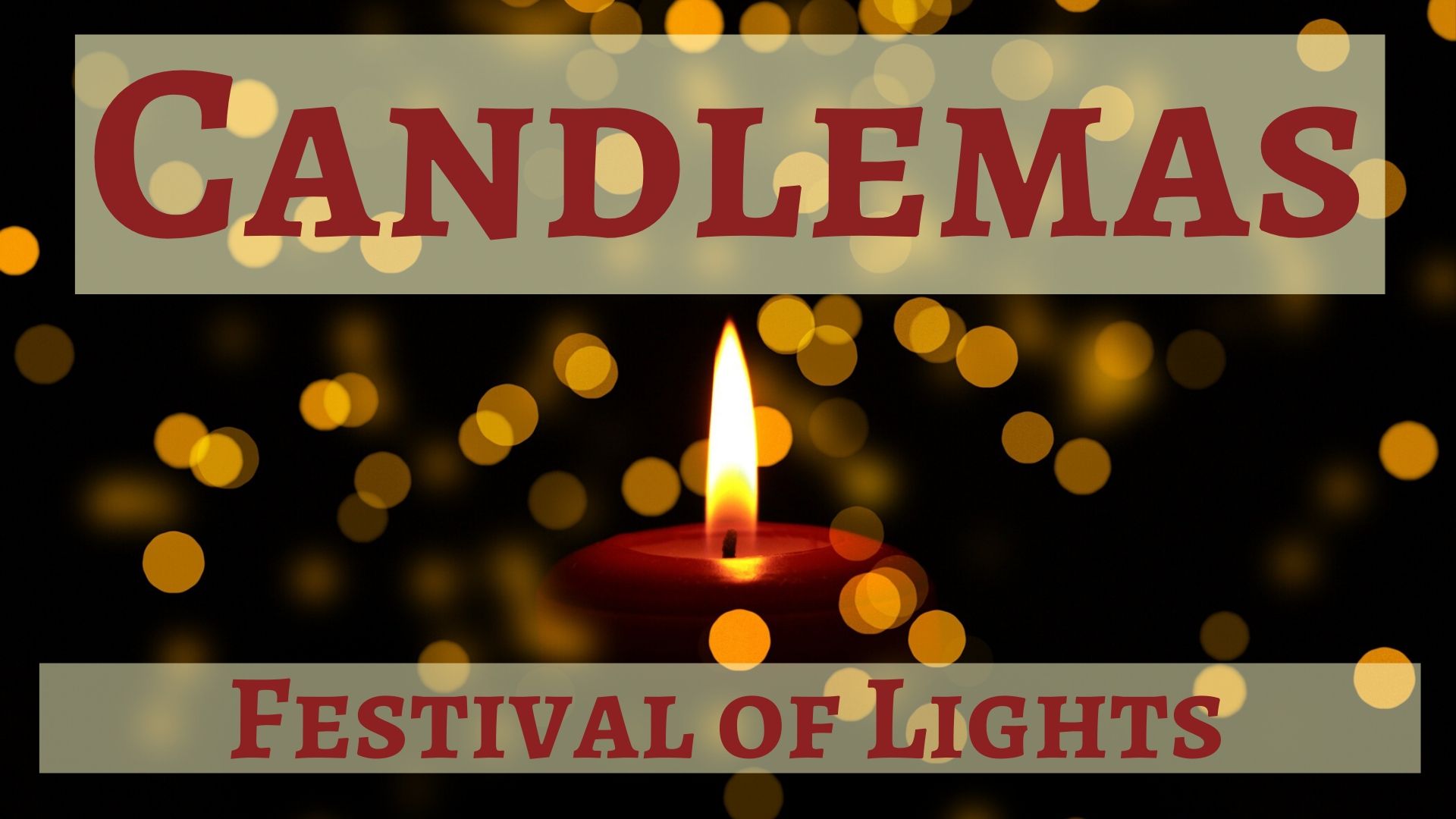How Do Pagans Pray?
Some Pagans believe in ancestors and may pray to them, while others rely on nature, symbols, and places of worship for their beliefs. For Pagans, prayer is a very personal experience and it can be done in many different ways: out loud or in silence, in a church or forest, or even at your kitchen table. Whether you pray aloud or quietly, you are making a connection with your gods, and the experience is one of faith and devotion.

Scripted prayers
Many Pagans pray to their deities on a daily basis. The prayers on this page are designed to help you pray for special occasions and during special times. Before praying, you should read up on the Role of Prayer in Paganism and Wicca to learn more about the benefits of prayer and how to write your own prayers. You can also read these prayers and make adjustments as needed. You may even write your own prayer to honor a specific deity or to ask for help in a specific situation.
The purpose of prayer varies among pagans. Sometimes, a prayer is simply a conversation with the divine. In this case, there are two types of prayers: intercessory and petitionary. Intercessory prayer is a common Christian practice, but can be offensive to Pagans, who view this kind of prayer as spiritual warfare. The difference between the two types of prayers is important because both involve asking for something from a deity, and petitionary prayers are directed towards a specific individual or group of people.
Scripted prayers for pagans can also be used to mark different events in your day. For example, you can use prayer at mealtimes to commemorate different aspects of your life, such as the birth and death of a loved one. Children and Pagans alike can use prayer to honor their dead loved ones. There are many other times in our lives when we need simple prayers. A prayer for a deceased pet can be helpful in the healing process. There are also prayer options for the dying.
Symbols of nature
Pagans often use symbols of nature on their worship tools. The pentacle, a five-pointed star, is popular among Wiccans and represents the head, arms, and legs. It symbolizes the union of the elements with spirit. It has been misinterpreted in popular horror films as a symbol of evil. Pagans also use astrological glyphs and imagery from Tarot, and some even incorporate the Daoist Yin-Yang symbol into their worship.
In addition to the circle, pagans also incorporate other symbols. The Celtic Cross, for example, does not represent the death of Jesus for Pagans; instead, it serves as a European version of the medicine wheel. Similarly, the circle represents eternity and the goddess, while the cross symbolizes the four directions and the god. The cross is often used in conjunction with the circle. Symbols of nature are also common in modern Pagan religious practices.
Another popular symbol in Pagan worship is the tree. Trees are revered in the Pagan world, and they can also represent a powerful god. In Norse mythology, the Tree of Life is a central symbol. Trees are also revered in Wicca, where they have a central place in the mythic cycle of the year. In Wiccan practice, trees are sacred to the “Oak King” during winter and the “Holly King” during the summer. Most Wiccan worship takes place in nature, and stewardship of the Earth is a central value.
The three most ancient symbols in Nature Paganism include the Pentacle, the Triple-Moon, and the Triquetra. The oldest of these symbols is the Pentacle, which can be found in the Jewish synagogue in Capernaum. Its origins are unknown but it derived from the first connective knot. It represents the interconnection of all things. The Pentacle is derived from the original Connective Knot, and the gateway star comes from the first connective knot.
Although most pagans have an inclination toward nature, the Bible is the source of many of their beliefs. Many pagans believe in a connection with the earth and its cycles, as well as a deep respect for the natural world. However, they see the institutional church as the biggest hindrance to true spirituality. While Christ will always be a popular symbol, Pagans do not have to be Christians to have a strong connection with the Earth.
Places of worship
Pagans often associate sacred sites with mythological or folklore significance. These are places where the gods of ancient cultures were venerated. Sometimes, a singular earth feature is imbued with a symbolic meaning that is received through folklore and established by contemporary Pagans. Sacred sites are often places where rituals are conducted and where offerings are made. Symbols and images that are central to the faith may be incorporated into the building.
Some pagan temples were converted into Christian churches. The Pantheon in Rome, for instance, was a temple dedicated to Minerva from 125 to 609, but later was reconsecrated as a Basilica of Mary and All Martyrs. Similarly, in Florence, the Santa Maria sopra Minerva was built on top of a temple to Isis and Minerva.
Pagans do not believe in any rigid separation between sacred and non-sacred, and most Pagans prefer to hold their religious ceremonies outdoors. Pagans often use woods, caves, hillsides, and even seaside locations as sacred sites. Stone circles are one of the most important places of worship for pagans. Some believe in equality, but women may play a leading role in some paths.
The pagan “wheel of the year” has eight sabbats (seasonal festivals) that correspond to the eight seasons of the year. Not all pagans celebrate all eight, but each one is related to various events throughout the year. Some sabbats mark the deepest part of a season, while others mark the lengthening of daylight. The ancients observed a calendar of festivals on these sabbats.
Pagans are a diverse group. There is a vast array of beliefs and practices. Some of them take a humanistic approach, interpreting Norse gods as archetypes and metaphors. Others, however, take a strictly reconstructionist approach and believe gods are distinct, separate beings. These differences in belief can be reflected in the diversity of the religions of pagans.
Requests made to gods
Pagans make requests to the gods to get what they want. However, the gods can say no to a request. While you can hold them responsible for their actions, they aren’t dolls and they don’t have to do what you ask them to. In fact, they may say no and you should respect that. It’s important to understand that gods don’t have to do what you want.







